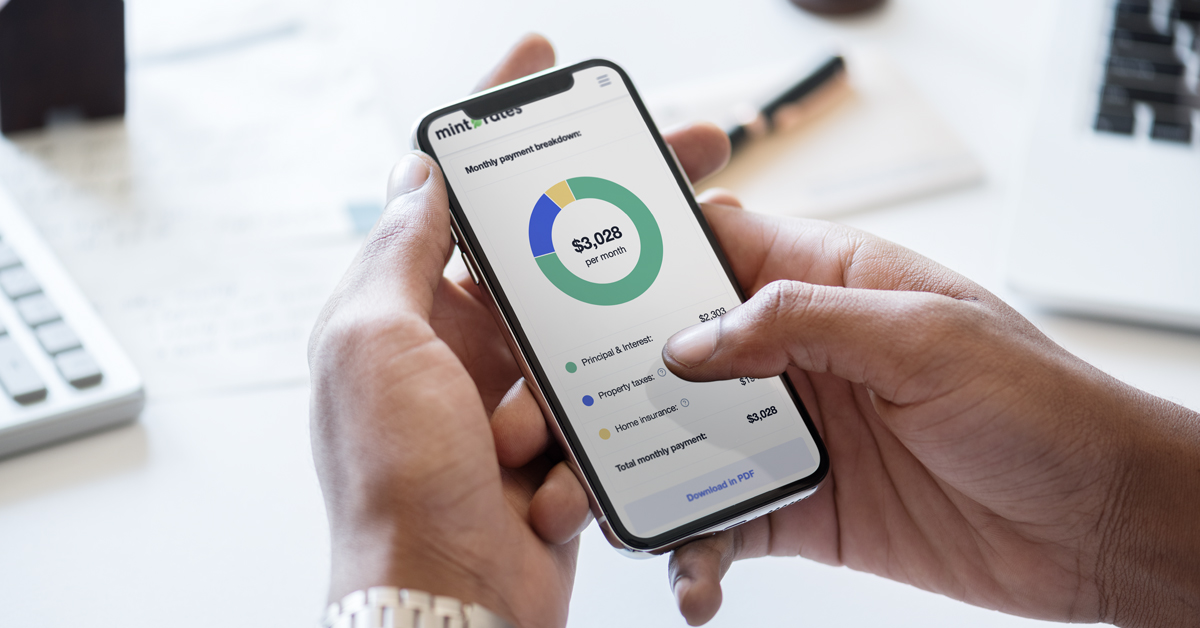
As the landscape of employment continues to shift towards entrepreneurship and self-employment, traditional lending practices often fail to cater to the financial needs of self-employed business owners. In such scenarios, bank statement loans have emerged as a viable financing option, allowing entrepreneurs to access the capital they require without the typical constraints of traditional loans. This article delves into the concept of bank statement loans and highlights their significance in empowering self-employed individuals to achieve their business goals.
Understanding Bank Statement Loans
Bank statement loans, also known as self-employed or stated income loans, are specialized lending products designed to address the unique challenges faced by self-employed business owners when seeking financing. Unlike traditional loans that rely heavily on tax returns and W-2 forms to verify income, bank statement loans focus on the applicant’s bank statements to assess their financial stability and ability to repay the loan.
What Types of Properties Are Eligible for Bank Statement Loans?
Bank statement loans can be used for single-family residences, condos, townhomes, and multifamily homes not exceeding four units.
Benefits for Self-Employed Business Owners with Bank Statement Loans
- Simplified Application Process: Self-employed individuals often face complex documentation requirements when applying for traditional loans. Bank statement loans offer a streamlined process, reducing the burden of extensive paperwork and providing a more efficient application experience.
- Flexible Income Verification: Traditional loans often require several years of tax returns, which may not accurately reflect the current financial situation of self-employed individuals. Bank statement loans consider bank statements for a specific period, typically 12-24 months, allowing lenders to assess the business’s recent financial performance more accurately.
- Credit Flexibility: Self-employed business owners may face challenges in maintaining a consistent credit history, especially during the early stages of their ventures. Bank statement loans take into account the overall financial health of the business, rather than relying solely on credit scores, providing more flexibility in lending decisions.
- Higher Loan Amounts: Bank statement loans consider the actual revenue generated by the business, allowing self-employed individuals to qualify for higher loan amounts based on their cash flow. This increased borrowing capacity provides entrepreneurs with the necessary capital to invest in expansion, equipment, or other business requirements.
- Faster Approval and Funding: Traditional loans often involve lengthy approval processes that can hinder the timely execution of business plans. Bank statement loans offer expedited approvals, with some lenders providing funding within days, enabling self-employed business owners to seize opportunities and maintain the momentum of their operations.
- Improved Cash Flow Management: Bank statement loans often offer flexible repayment terms, including interest-only periods, to align with the cyclical nature of certain businesses. This allows entrepreneurs to better manage their cash flow by tailoring repayment schedules to their revenue streams.
Bank statement loans have become a vital financial tool for self-employed business owners, bridging the gap between their unique financial circumstances and the traditional lending landscape. By considering bank statements as the primary basis for evaluating creditworthiness, these loans empower entrepreneurs to access the capital they need to fuel business growth and expansion. The flexibility, simplified application process, and faster funding of bank statement loans ensure that self-employed individuals can leverage their financial success and overcome the hurdles that often accompany traditional lending avenues. As the self-employment trend continues to rise, bank statement loans serve as a crucial instrument in supporting the aspirations and achievements of these innovative and determined entrepreneurs.
How to apply for Bank Statement Loans
- Research Lenders: Start by researching lenders that offer bank statement loans. Look for reputable financial institutions or online lenders that specialize in providing financing options for self-employed individuals. Compare their terms, interest rates, repayment options, and customer reviews to find the most suitable lender for your needs.
- Gather Documentation: While bank statement loans may have more relaxed documentation requirements compared to traditional loans, you will still need to provide certain documents to support your application. Generally, you will need:
- Personal identification (e.g., driver’s license, passport)
- Business license or registration documents
- Bank statements for the specified period (usually 12-24 months)
- Profit and loss statements or income statements for your business
- Personal and business tax returns (if available)
- Any additional financial documentation that showcases your business’s stability and revenue stream
- Prepare a Business Plan: In some cases, lenders may request a business plan outlining your business model, target market, marketing strategies, and financial projections. This helps lenders assess the viability and potential growth of your business.
- Contact the Lender: Once you have gathered all the necessary documents, reach out to your chosen lender to initiate the application process. You can typically contact them online, through a phone call, or by visiting their physical branch.
- Complete the Application: The lender will provide you with an application form to fill out. Provide accurate and detailed information about your personal and business finances, including your income, assets, and liabilities.
- Submit Supporting Documents: Along with the application form, submit the required supporting documents. Ensure that all documents are organized, up to date, and clearly demonstrate your financial stability and business performance.
- Await Approval and Underwriting: After submitting your application, the lender will review your documents and assess your financial situation. This process is known as underwriting. They will verify the information provided, evaluate your creditworthiness, and determine the loan amount you qualify for.
- Provide Additional Information, if Required: During the underwriting process, the lender may request additional documentation or seek clarifications on certain aspects of your application. Respond promptly and provide the requested information to facilitate the review process.
- Receive Loan Terms: Once your application is approved, the lender will provide you with the loan terms, including the interest rate, repayment schedule, loan amount, and any applicable fees. Review the terms carefully to ensure they align with your financial goals.
- Accept the Loan Offer: If you are satisfied with the loan terms, sign the loan agreement and provide any additional requested documents. Be sure to understand all the terms and conditions before accepting the offer.
- Receive Funds: After completing the necessary paperwork, the lender will disburse the loan funds to your designated bank account. The timing of the fund transfer may vary depending on the lender and the specific circumstances.
Remember, it is crucial to maintain open communication with the lender throughout the application process and promptly respond to any inquiries or requests for information. By following these steps and providing accurate documentation, you can increase your chances of securing a bank statement loan that meets your business financing needs.








